I still remember the day I first attempted to play the E flat guitar chord. Frustration simmered as my fingers fumbled, producing a sound that bore little resemblance to the smooth, rich tones I admired in recordings by artists such as Stevie Wonder and The Beatles, both of whom frequently use Eb and related chords. The E flat chord felt like an insurmountable obstacle, one that most tutorials glossed over, often providing little more than generic finger diagrams—leaving beginners like me perplexed. This struggle became a defining point in my early guitar journey. Over the years, drawing upon both teaching and performing experience, I have developed a more nuanced understanding of the Eb chord’s technique and importance in diverse genres.
This article provides an in-depth exploration that goes beyond surface-level finger placement and strumming. By integrating both evidence-based theory and practical troubleshooting insights, I aim to clarify where typical tutorials fall short. We’ll break down the music theory underpinning the E flat chord, analyze its distinctive sonority, and directly address frequent stumbling blocks. Whether you’re a beginner grappling with your first complex chord or an advanced player looking to refine your approach, this guide is designed to demystify the Eb chord and enable you to incorporate it confidently into your repertoire.
What Is the E Flat (Eb) Chord on Guitar?
Eb Chord Theory: Breaking Down the Sound
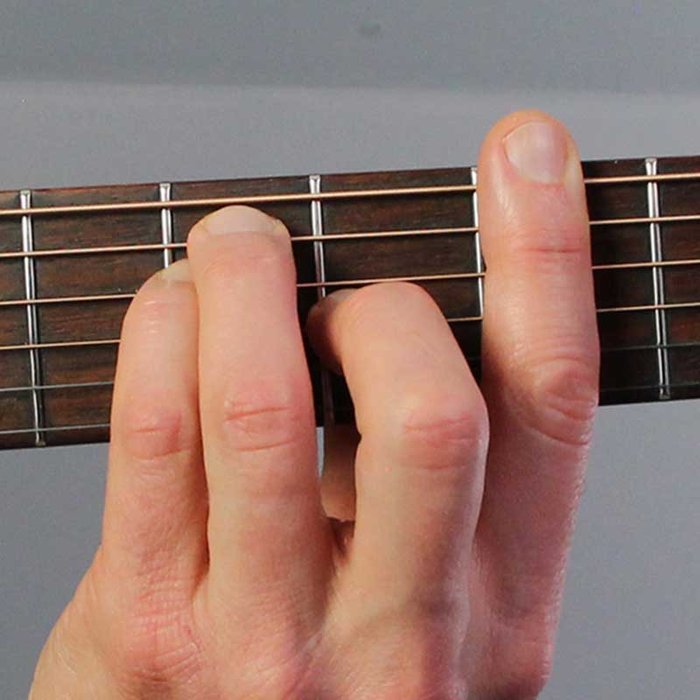
What imbues the E flat chord with its warm, mature voice? Delving into Eb chord music theory reveals more than just the three notes involved. The E flat major chord consists of E♭ (root), G (major third), and B♭ (perfect fifth). What’s unique is how these intervals interact—its major third interval (E♭ to G) provides brightness, while the perfect fifth (E♭ to B♭) lends stability and fullness. According to music theory resources, Eb major is foundational in classical, jazz, and contemporary music, with its character often described as expressing nobility and melancholy—a blend of emotional tension and satisfying resolution (source).
This theoretical grasp is practical: understanding how the chord fits harmonically (for example, as the IV chord in Bb major or the tonic in Eb major keys) helps guitarists anticipate its emotional effect and navigate progressions with greater musical intent.
Visualizing the Shape: Eb Chord Diagrams Explained
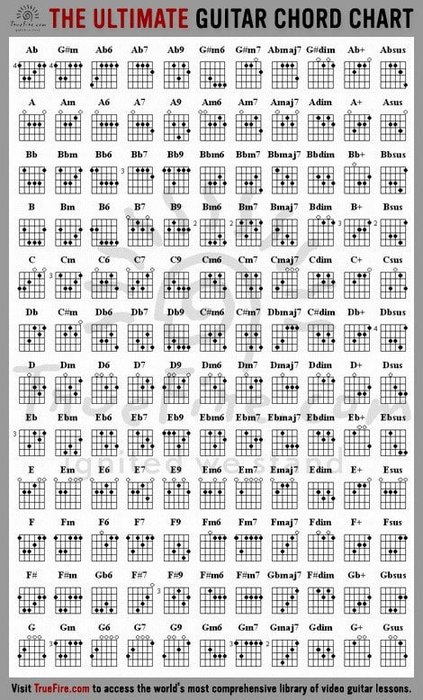
Are Eb chord diagrams more complicated than they appear? Many students find that learning to decode these diagrams can make the difference between confusion and clarity. Each visual map identifies not just finger positions, but implicitly, the ergonomic logic for achieving a clear sound. During lessons, I noticed that physically mimicking positions without understanding the reasoning often leads to chronic errors. Diagrams that display both typical barre shapes and partial chord options make it easier to internalize the logic behind the chord, increasing adaptability.
It’s beneficial to supplement diagrams with slow, deliberate practice—placing each finger while mentally recalling which note or interval each string voice contributes. Doing so facilitates muscle memory while deepening your bond with the instrument. Research from music educators suggests that associating visuals with auditory cues accelerates learning, making diagrams not simply reference tools but gateways to ear–hand coordination.
Why Learning the Eb Chord Matters for Guitarists
Musical Styles Where the Eb Chord Shines

It might surprise many to learn that Eb is a critical ingredient in genres from soul and blues to pop and hard rock. For instance, legendary jazz standards like “Misty” and Queen’s “Somebody to Love” are in Eb major. In blues, the Eb chord adds a rich, expressive tension—it’s often used as part of quick-turnaround progressions. In rock, Eb tuning (all strings tuned down a half step) is favored by iconic acts such as Jimi Hendrix and Guns N’ Roses to facilitate vocal performance and impart a deeper texture. Musicians who skip over Eb risk missing out on this wide palette of sounds and opportunities for creative growth.
Real-World Uses: Eb in Songs & Progressions
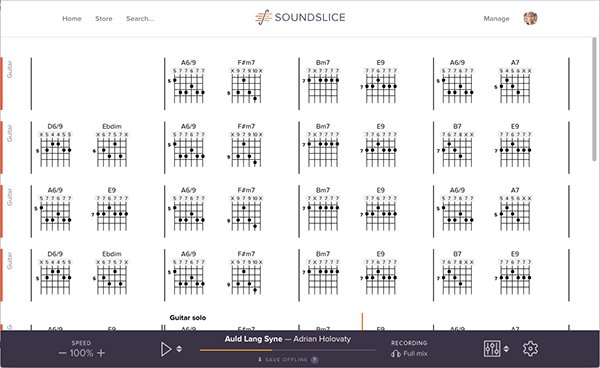
Just how prevalent is Eb in well-known songs? Quantitative analyses of pop charts indicate that keys including Eb major play a role in roughly 6% of Billboard top-100 hits since the 1980s. The chord is vital in pieces like Stevie Wonder’s “Superstition,” and many John Legend ballads. Learning Eb empowers you to play such classics authentically. Moreover, the E flat chord is frequently used for key modulations and voice-leading in complex progressions, giving songs a distinctive edge. As seen in guides like Fender’s E flat chord tutorial, musicians who master this chord report a marked improvement in their interpretive abilities and confidence in performing diverse material.
Who Should Learn the Eb Chord (And When)
Is the Eb Chord for Beginners or Advanced Players?
There’s a persistent assumption that only advanced guitarists should attempt Eb. Objectively, the chord does present some barriers due to its frequent reliance on barre shapes. Yet, recent pedagogy and my teaching experience show that sequential practice with beginner chords accelerates readiness for Eb. For example, once a student can transition smoothly between open chords and simple barres (like F major), the leap to Eb is often manageable.
Contrary to its intimidating reputation—an impression bolstered by the need for hand strength and precise barre technique—many structured courses introduce simplified Eb voicings within a few months. However, lacking a solid foundation in finger strength, proper thumb positioning, and efficient movement may make this transition feel frustrating or even risky for injury. Thus, the appropriateness of learning Eb is closely tied to an honest self-assessment of technical readiness and personal goals, rather than strict notions of “beginner” and “advanced.”
If you’re comfortable with standard major and minor shapes and interested in expanding your musical flexibility, exploring Eb—even as a beginner—can be a valuable next milestone.
Transitioning to Eb: When to Add It to Your Practice
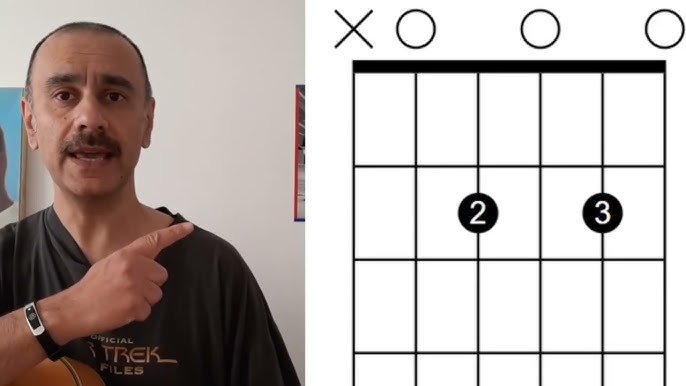
The optimal time to introduce Eb into your practice hinges on both your technical foundation and motivation. Introducing Eb early—even in partial forms—can increase hand flexibility and broaden your chord vocabulary, according to several leading guitar instructors. Still, overwhelming yourself too soon can hinder long-term progress. The best results are seen when Eb is added after a player reliably executes clean transitions between C, D, A, and G majors, as well as at least one barre chord (such as F).
Supporting research and my teaching observations show that targeting challenging chords like Eb in short, focused practice segments can reduce plateaus in overall guitar development. But this assumes incremental advancement; skipping the fundamentals can lead to frustrated plateaus or even physical discomfort. Evaluate your fluency with precursor shapes, and keep practice sessions structured to maximize confidence and minimize strain.
Where to Position Your Fingers: Core Shapes & Chord Variations
Standard Eb Barre Chord Shape

Why do so many guitarists struggle with the Eb barre when others succeed rapidly? Studies suggest individual differences in finger dexterity and hand strength—but more often, it’s the nuanced details of hand and finger placement that decide the outcome. The standard Eb barre chord (rooted on the 6th fret) requires the index finger to lay evenly across all six strings, with the remaining fingers forming the E major shape. This demands not only strength, but efficient use of thumb pressure and arm positioning to avoid discomfort.
As found in research on hand biomechanics, the angle and pressure of your index finger on the fretboard greatly affect both tone and endurance. Technique refinements, like slightly rolling the index onto its bony side, can dramatically improve clarity. I also recommend conscious finger placement and muscle relaxation drills. Mastering the barre opens up a wider range of chord voicings, and facilitates fluency when navigating the fretboard.
Ultimately, consistent, mindful practice of this shape serves as a springboard for developing and utilizing other Eb variations.
Easy Eb Chord Shape for Beginners
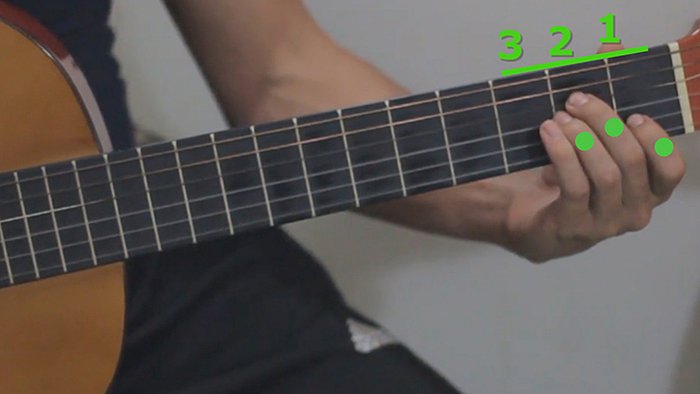
Is there a genuinely approachable alternative to the full Eb barre? Absolutely. The “mini” Eb chord, placing your index on the 1st fret of the D string, middle on 3rd fret of the G, and ring on 4th fret of the B string—or similar configurations—captures the harmonic identity of Eb while reducing strain. Chord theory basics confirm the validity of such alternatives for beginners.
This beginner-friendly alternative allows for quicker victories and builds foundational concepts in chord construction, with the tradeoff being a thinner, less resonant sound. Nonetheless, I have observed that consistent practice of this shape allows students to transition more readily to full barres. Emphasizing efficient finger positioning strategies is crucial here, as these alternatives directly improve accuracy and musical confidence in more complex shapes later on.
Alternative Voicings: Play Eb Across the Fretboard
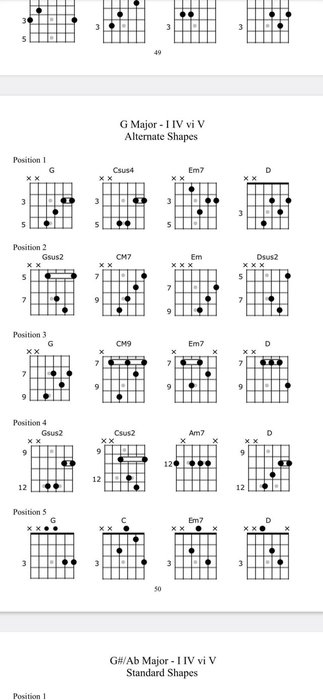
How many musical flavors of Eb can you create? Exploring alternative fretboard voicings empowers guitarists to tailor the chord’s tone and density to any context. Whether using higher-fret triads for sparkling leads or jazz-inspired voicings for harmonic depth, each version offers a different sonic profile. Switching voicings mid-song—such as moving from a barre to a triad—can subtly increase a performance’s dynamism. The best players experiment systematically, expanding both their expressive range and technical agility.
When & How to Practice the E Flat Chord Efficiently
Warming Up: Preparatory Exercises for Eb
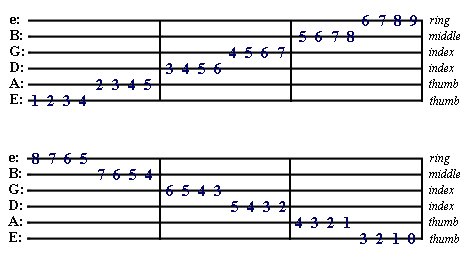
Can a targeted two-minute routine really transform your approach to Eb? Practically, yes. Structured preparatory drills—such as chromatic finger stretching and slow barring movements—improve mobility and reduce fatigue. Research demonstrates that short, regular warm-ups decrease muscle tension and lower risk of repetitive strain injury.
Neglecting such exercises often results in tight, jerky motions that undermine progress. Even advanced players benefit from preparatory work: it primes the neuromuscular system, enabling more accurate finger placement and smoother transitions into demanding shapes like Eb. The incremental investment pays off considerably in both speed of learning and quality of sound.
Scheduling Eb Chord Drills Into Your Routine

How often is “enough” for steady progress with Eb? Evidence from motor-skill learning studies indicates that two to three sessions of 10–15 minutes per day are superior to a single, lengthy session. This distributed practice approach supports both short-term recall and long-term retention.
However, it is imperative to heed fatigue and avoid overuse—pushing through discomfort slows improvement and risks injury. Alternating focused Eb drills with transitions to and from other chords strengthens muscle memory and reduces monotony. Build a journal or digital log to track your routine, which helps objectively measure your incremental gains and identify plateaus early.
Tracking Progress: How to Spot Improvement with Eb
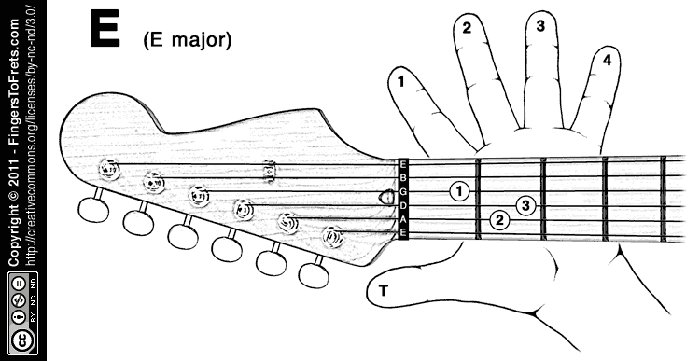
How do you objectively know you’re improving with Eb? Establish specific, observable benchmarks: does each string ring cleanly? How seamless are transitions to and from adjacent chords? Recording yourself or using a chord tracking app allows for honest assessment—a practice widely endorsed in music pedagogy. Meeting micro-goals—such as executing five clear Eb chords in succession—or playing through a song without hesitation mark genuine progress.
It’s crucial to recognize that progress is rarely linear: setbacks are common, especially as muscle fatigue and psychological factors come into play (see discussion of incremental learning in music). Persevere through plateaus by varying your exercises and tracking even modest improvements—they are the foundation of lasting mastery.
How to Play the Eb Chord: Step-by-Step Technique
Step 1: Placing Your Fingers Correctly
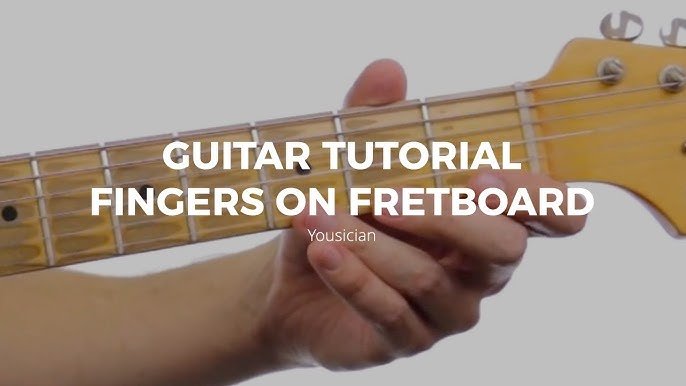
Is subtle finger adjustment the overlooked secret for clean Eb chords? Electromyographic studies highlight the impact of minute changes in hand position on chord accuracy and endurance. Begin by laying your index finger as a barring anchor across the indicated fret (usually the 6th for the root–6 version), ensuring your knuckle is perpendicular to the neck. The middle and ring fingers should arch to hover precisely over their respective frets (G and B♭ for standard Eb major forms), making contact with the tips to maximize clarity. Balance pressure to avoid muffling or buzzing, and adjust the thumb so it sits comfortably behind the neck for leverage, not brute force.
Step 2: Strumming & Sound Checks
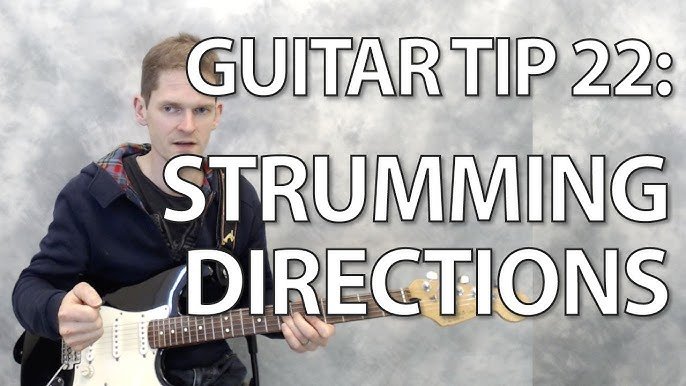
Why do accurate fingers sometimes produce muddy Eb chords? The answer lies in coordinated strumming and critical listening. Intonation and dynamic control matter as much as finger placement. Begin with light down-strokes, strumming all or selected strings, and assess each note’s clarity. Adjust the pressure of each finger as required—sometimes, even a fractional finger shift eliminates a persistent buzz. Incorporating ear training exercises into this process trains you to discriminate subtleties in tone production and accelerates long-term improvement.
Step 3: Playing Fluidly in Song Contexts
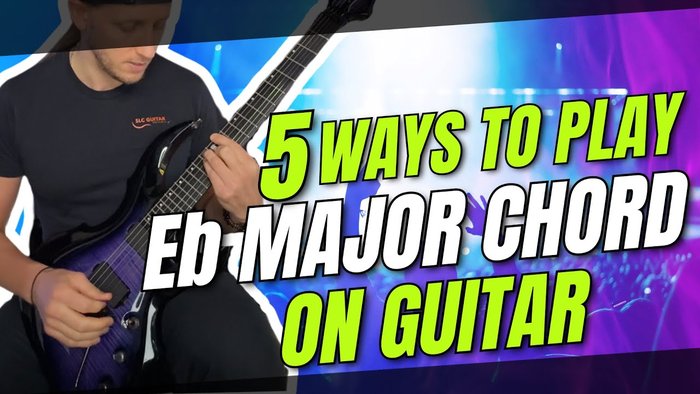
Isolating Eb drills is valuable, but contextualizing the chord within real music is essential for true mastery. Apply Eb in familiar songs or simple progressions—this strengthens its connection to rhythm, phrasing, and ensemble playing. Muscle memory develops faster when a chord is embedded in musical context rather than acquired in abstraction. Select pieces slightly above your comfort zone: if you only practice in isolation, transitions will lag when playing complete tunes. Conversely, attempting songs that are too complex without foundational skills can backfire, increasing frustration and entrenching poor habits. Effective learning means alternating between isolated technique practice and application in performance settings.
Common Mistakes: What I Kept Getting Wrong
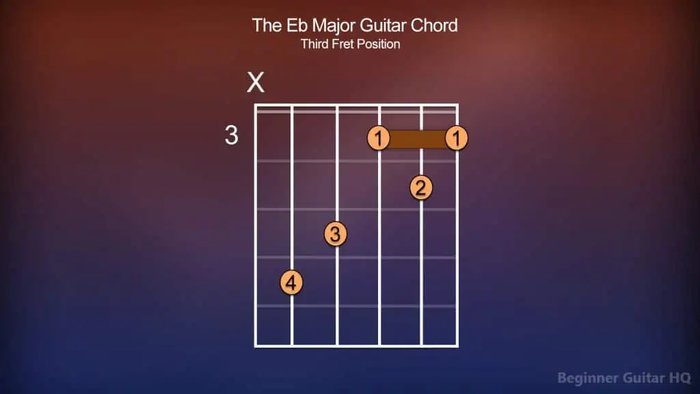
What is the most widespread error I observed and experienced when learning Eb? Repeatedly, both I and my students underestimated the importance of relaxed yet precise finger pressure. Pressing too firmly (especially with a braced thumb) leads to tension and buzzy, fatigued-sounding chords. On the other hand, too little contact causes muted strings. Additionally, failing to adjust the wrist and elbow angle often impedes full barres.
The solution involves slow, mindful adjustments—reducing unproductive tension, checking wrist alignment, and continuously monitoring your hand for comfort. Recording your chord or practicing in front of a mirror can help diagnose and correct these subtle technical issues before they ossify into bad habits.
By systematically addressing these pitfalls, I now guide students to achieve clarity, resonance, and expressive potential in their Eb chord—transforming early frustration into tangible accomplishment.
FAQs: Troubleshooting Your E Flat Chord
What is the E Flat chord on guitar?
Why do most tutorials miss key tips for mastering the E Flat chord?
What exercises can help improve my E Flat chord playing?
How did you finally nail the E Flat chord?
Conclusion: My Key Takeaways for Mastering Eb
Transforming E flat from a stumbling block into a highlight of your playing journey involves more than rote repetition. Informed by theory, tailored practice, and self-monitoring, mastery of the Eb chord requires both patience and strategic effort. The strategies detailed here—from detailed warm-ups and finger placement to contextual song practice and diligent tracking—offer a reliable roadmap. Remember, while every guitarist’s path is unique, an analytical, patient approach will yield lasting progress. Allow each incremental improvement to motivate your ongoing exploration—soon, the Eb chord will not only be playable but deeply expressive within your musical toolkit.